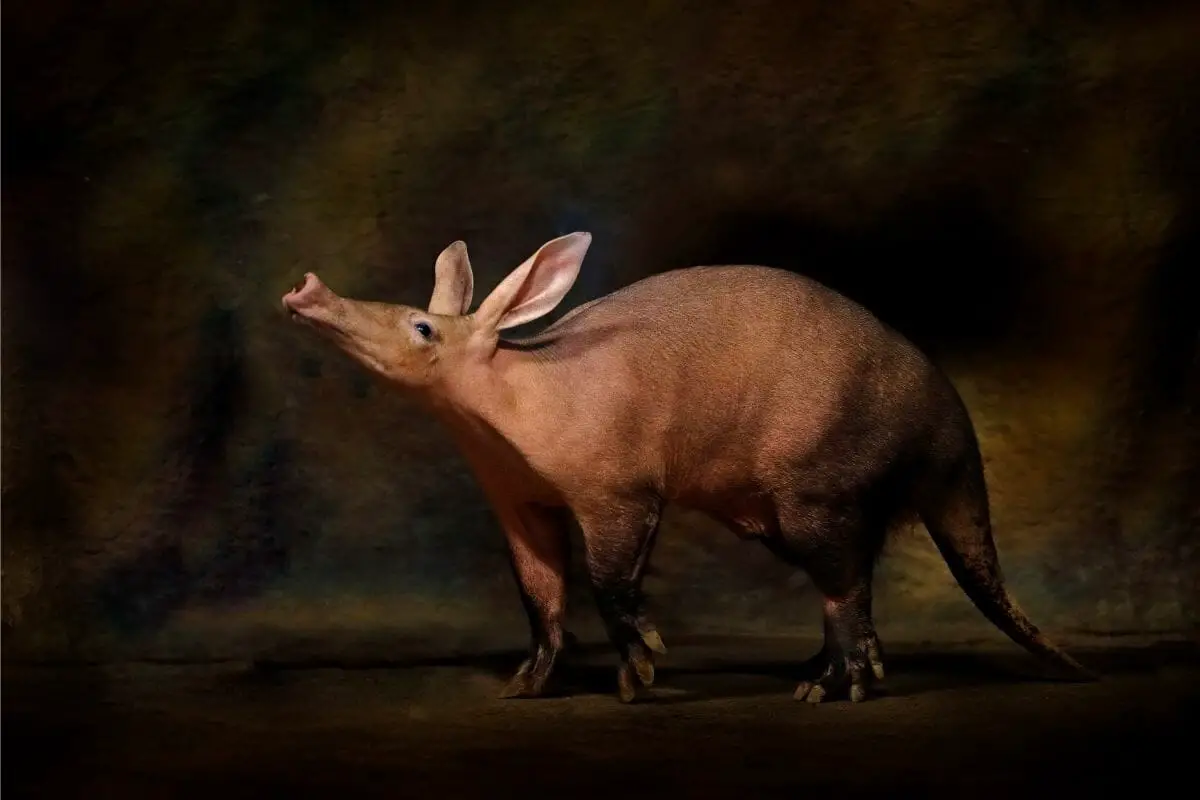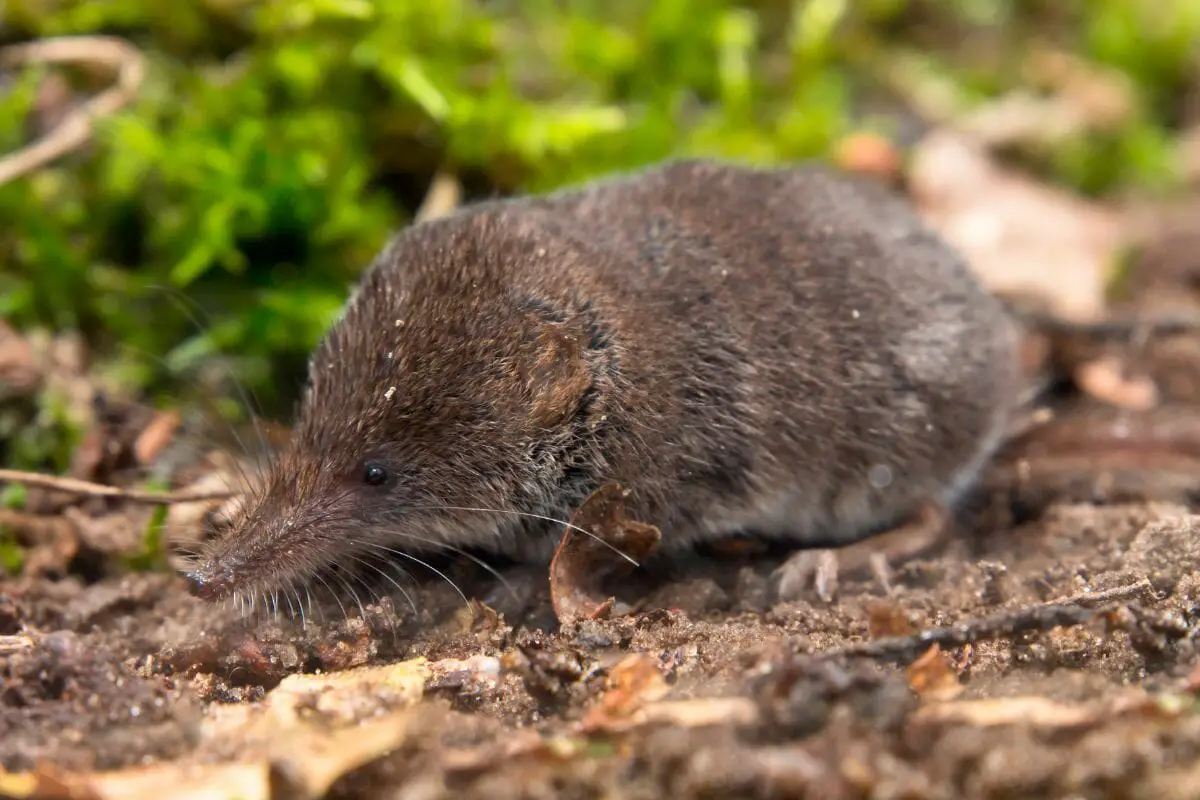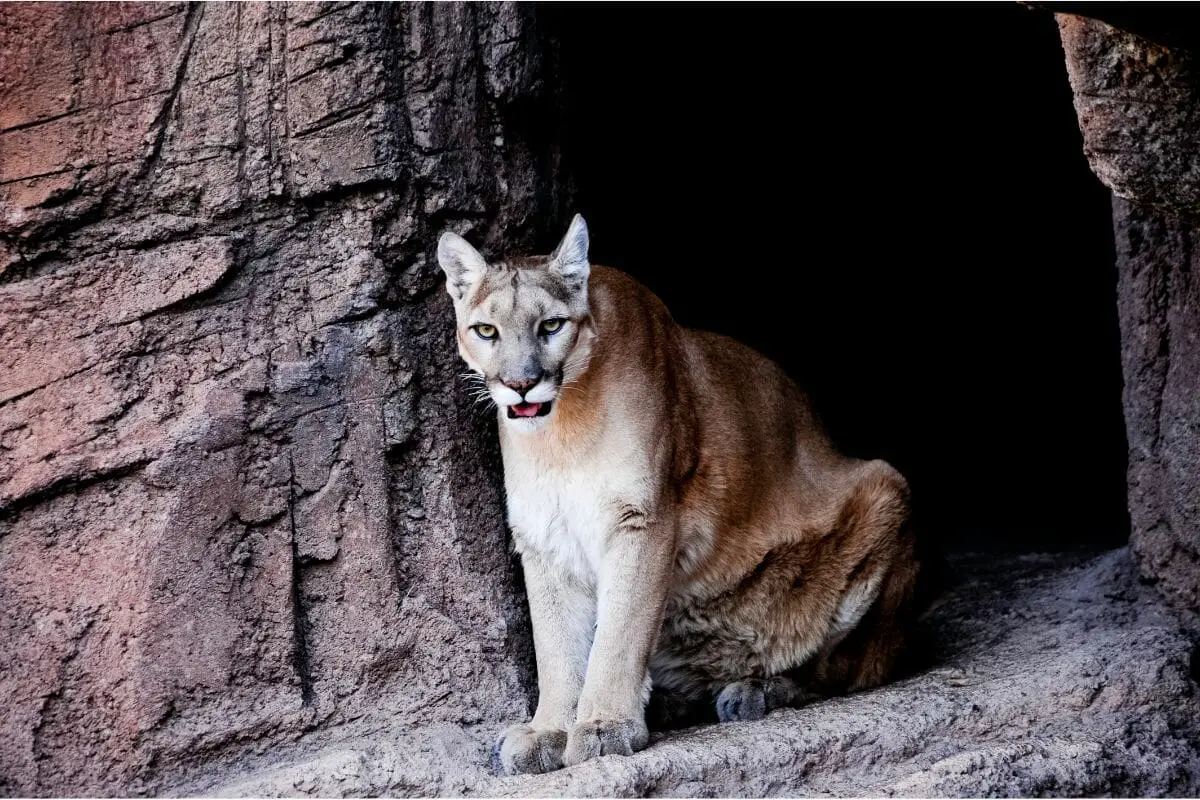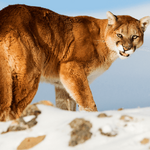North America is a trout angler’s delight. Numerous trout species live in the waterways of the United States and Canada, which vary from remote mountain streams to large, raging rivers.
There are so many that it may get quite confusing.
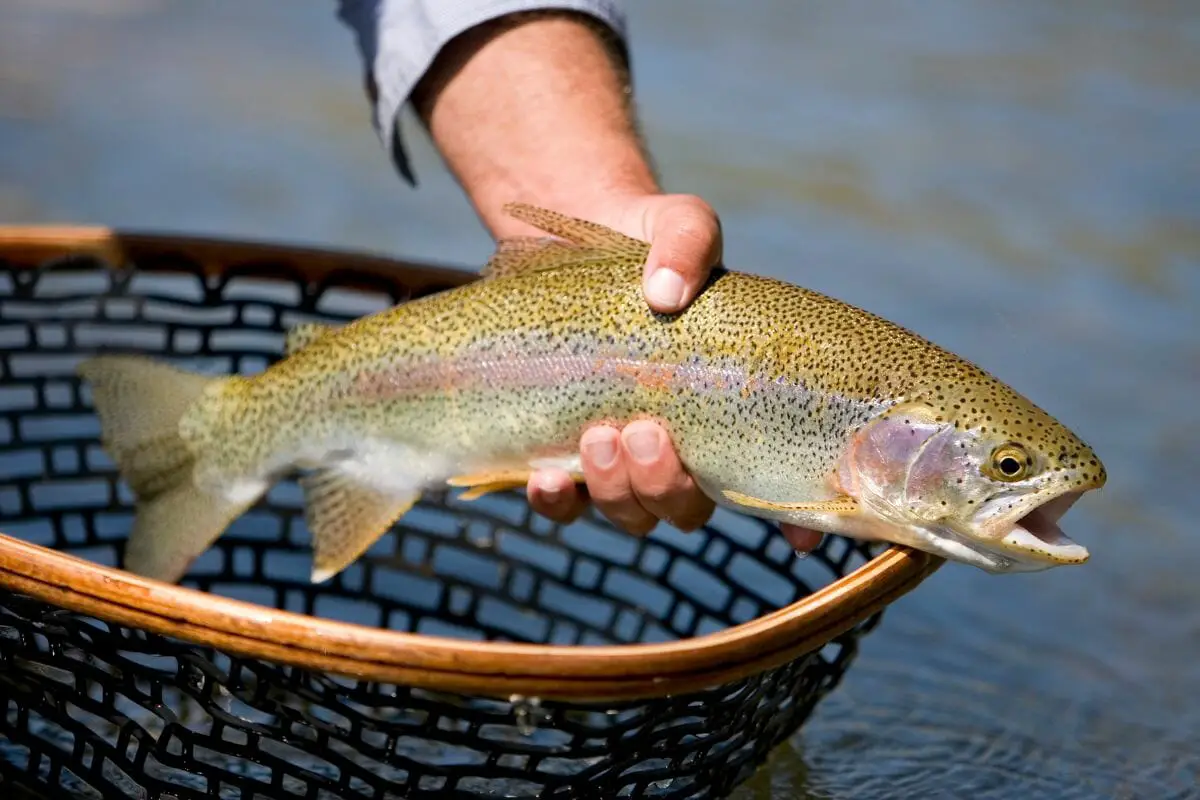
How do you determine which species of Trout you are catching when they all resemble one another and frequently inhabit the same habitat?
Keep reading to learn all the straightforward techniques for recognizing the various Trout that live around North America.
Rainbow Trout
Probably the most well-known fish in North America is the rainbow trout. They are most well known for their characteristic pink stripe that runs the length of their bodies.
However, it is not the only way to identify them. In addition to black spots on the body and dorsal fin, they have a large, square tail.
Rainbow Trout inhabit the Pacific coast from Alaska to Mexico. However, they were imported outside of their native location.
Rainbow Trout inhabit a substantial area of southern Canada, the entirety of the Great Lakes, as well as Georgia and Alabama. Additionally, they have been spread globally.
There are several Rainbow Trout types. Steelheads are the first species that most people think of.
These fish may look somewhat unique, yet they are only the anadromous (sea-run) variety of Rainbow Trout.
The other two major subspecies are the Golden Trout and the Redband Trout, which are found only in select rivers in the Midwest and Pacific states of the United States but are stocked elsewhere.
Cutthroat Trout
Cutthroat Trout may not be as popular as its bigger, rainbow-colored brethren, but they have a far cooler name. You need just look at them to see why.
Due to the vibrant red behind their lower jaw, Cutthroat Trout appear to be perpetually bleeding.
If you wish to be completely positive that this is the breed of trout you are holding, they should have little black spots on their top bodies as well.
Most Cutthroat Trout live from the Rocky Mountains in the western United States to the Pacific Coast. In addition, they occupy the southwestern part of Canada, and ocean-going Cutthroat Trout may be found in Alaska.
Outside of their natural area, cutthroats have been introduced in numerous parts of Quebec and the northeastern United States.
Cutthroat Trout are the most diversified species of Trout in North America, with an incredible eleven existing subspecies.
Each subspecies has a distinct physical appearance and inhabits a different river or drainage. Multiple national parks include their Cutthroat species.
Apache River Trout And Gila Trout
Gila Trout are both rare and gorgeous. Anglers may never encounter one of these species in their lifetimes.
Gila Trout are restricted to Gila River tributaries, largely in the Gila National Forest and Aldo National Wilderness Area.
Even rarer are Apache Trout, which are confined to upper Little Colorado and Salt Rivers, as well as a few lakes where they were recently introduced.
Gilas and Apache are scarce even within their home region.
Overfishing, habitat deterioration, and the introduction of Rainbow Trout into their streams decimated their numbers in the first half of the 20th century.
Both species were among the first in the United States to be designated endangered, the trout is now classed as Critically Endangered, or one step away from extinction.
Both of these trout have very similar looks, with them being an average length of less than a foot. They have golden yellow bodies with black stripes on their flanks.
Apache Trout have dots on both sides of its pupil, giving them the appearance of a cat’s eyes. Gilas often have smaller spots than Apaches.
Brown Trout
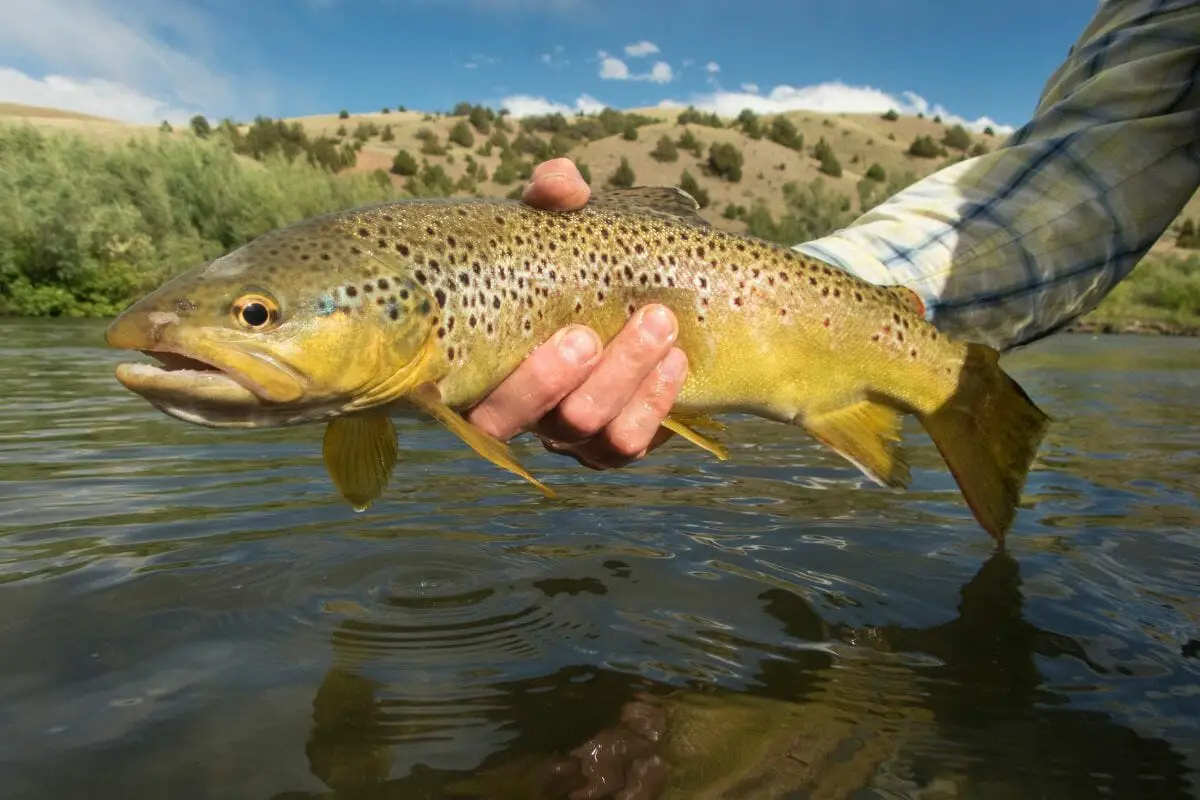
Brown Trout are not always brown, despite the name. Depending on their environment, they may be gold or silver. They are readily distinguishable regardless of color.
Brown Trout have red-orange spots encircled by silver rings. In addition, they resemble salmon more than the majority of species.
This is because they have a closer genetic relationship with Atlantic Salmon than with other Trout.
The brown trout were brought to North America by the Germans. They have successfully adapted to their new environment and are now found from Ontario to Georgia and across the Great Lakes.
In addition, they populate the whole western United States, from California to Colorado, along with Alberta and British Columbia.
In Europe, there are several subspecies of Brown Trout, which can occasionally lead to misunderstanding.
The anadromous Brown Trout is known as “sea trout,” whereas river and lake-dwelling trout are commonly referred to as “river trout” or “lake trout.”
However, these have nothing to do with Lake Trout in North America.
Lake Trout
The Lake Trout is the biggest of the North American Trout species.
The Lake Trout is the oldest sibling in the family of Char. This enormous fish may weigh more than 80 pounds.
Their size is the most distinctive characteristic, but they also have creamy patterns and a tail that is highly forked compared to other species.
These trout are native to much of Canada and Alaska, as well as Northan USA and the Great Lakes.
Over the years, they have increased their range and may now be found in lakes across the United States and the Rocky Mountains.
The diversity of Lake Trout species is fewer than that of Pacific Trout species, but they are called many things.
Depending on where they are taken, these fish may be called Togue, Touladi, Grey Trout, Namaycush, Mackinaw,
Summary
There are species of trout that are found all over the world, with dozens of not more species found in the Northan United States alone.
Above are just some of the places that you can find while fishing, if you go to other locations you will probably encounter trouts that you have never seen before.
- 15 Most Common Animals Living In Ponds - 2024-04-23
- What are the Characteristics Of a Wolf – (Characteristics & Interesting Facts) - 2024-04-23
- Animals That Live In The Abyssal Zone - 2024-04-22


